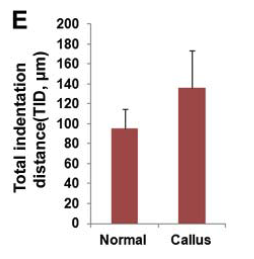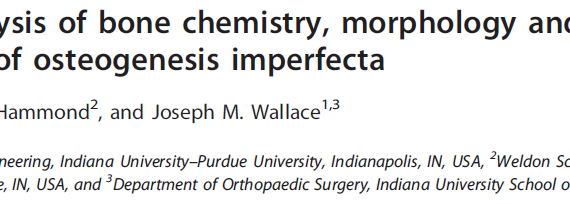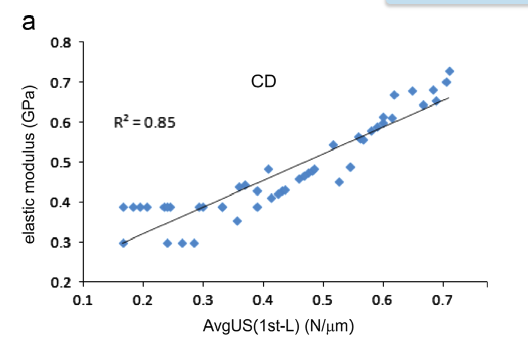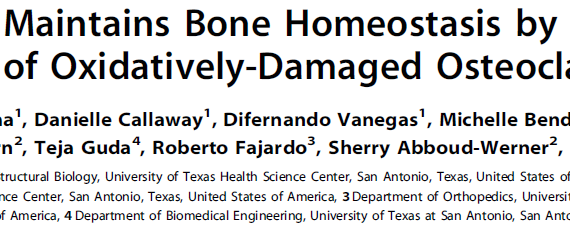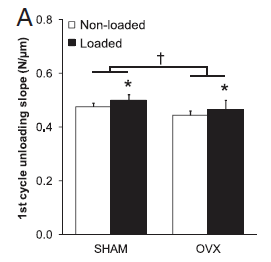Abstract Loading increases bone mass and strength in a site-specific manner; however, possible effects of loading on bone matrix composition have not been evaluated. Site-specific structural and material properties of mouse bone were analyzed on the macro- and micro/molecular scale in the presence and absence of axial loading. The response […]
Mouse bone
Abstract The degradation of the main fibrillar collagens, collagens I and II, is a crucial process for skeletal development. The most abundant dipeptides generated from the catabolism of collagens contain proline and hydroxyproline. In humans, prolidase is the only enzyme able to hydrolyze dipeptides containing these amino acids at their […]
Abstract In the present study, the possibility that a diabetic (DM) status might worsen age-related bone deterioration was explored in mice. Male CD-1 mice aged 2 (young control group) or 16 months, nondiabetic or made diabetic by streptozotocin injections, were used. DM induced a decrease in bone volume, trabecular number, […]
Abstract Type 2 diabetes mellitus (T2DM) represents a complex clinical scenario of altered energy metabolism and increased fracture incidence. The C57BL/6 mouse model of diet-induced obesity has been used to study the mechanisms by which altered glucose homeostasis affects bone mass and quality, but genetic variations in substrains of C57BL/6 […]
Abstract Type 2 diabetes (T2D) incidence in adolescents is rising and may interfere with peak bone mass acquisition. We tested the effects of early-onset T2D on bone mass, microarchitecture, and strength in the TALLYHO/JngJ mouse, which develops T2D by 8 weeks of age. We assessed metabolism and skeletal acquisition in […]
Abstract Murine muscle-derived stem cells (MDSCs) have been shown capable of regenerating bone in a critical size calvarial defect model when transduced with BMP 2 or 4; however, the contribution of the donor cells and their interactions with the host cells during the bone healing process have not been fully […]
Abstract Osteogenesis imperfecta is a congenital disease commonly characterized by brittle bones and caused by mutations in the genes encoding Type I collagen, the single most abundant protein produced by the body. The oim model has a natural collagen mutation, converting its heterotrimeric structure (two α1 and one α2 chains) […]
Abstract To improve bone strength prediction beyond limitations of assessment founded solely on the bone mineral component, we investigated the effect of hyperlipidemia, present in more than 40% of osteoporotic patients, on multiscale structure of murine bone. Our overarching purpose is to estimate bone strength accurately, to facilitate mitigating fracture […]
Abstract Osteoporosis is a silent disease, characterized by a porous bone micro-structure that enhances risk for fractures and associated disabilities. Senile, or age-related osteoporosis (SO), affects both men and women, resulting in increased morbidity and mortality. However, cellular and molecular mechanisms underlying senile osteoporosis are not fully known. Recent studies […]
Abstract Exercise that mechanically loads the skeleton is advocated when young to enhance lifelong bone health. Whether the skeletal benefits of elevated loading when young persist into adulthood and after menopause are important questions. This study investigated the influence of a surgically induced menopause in female Sprague-Dawley rats on the […]



